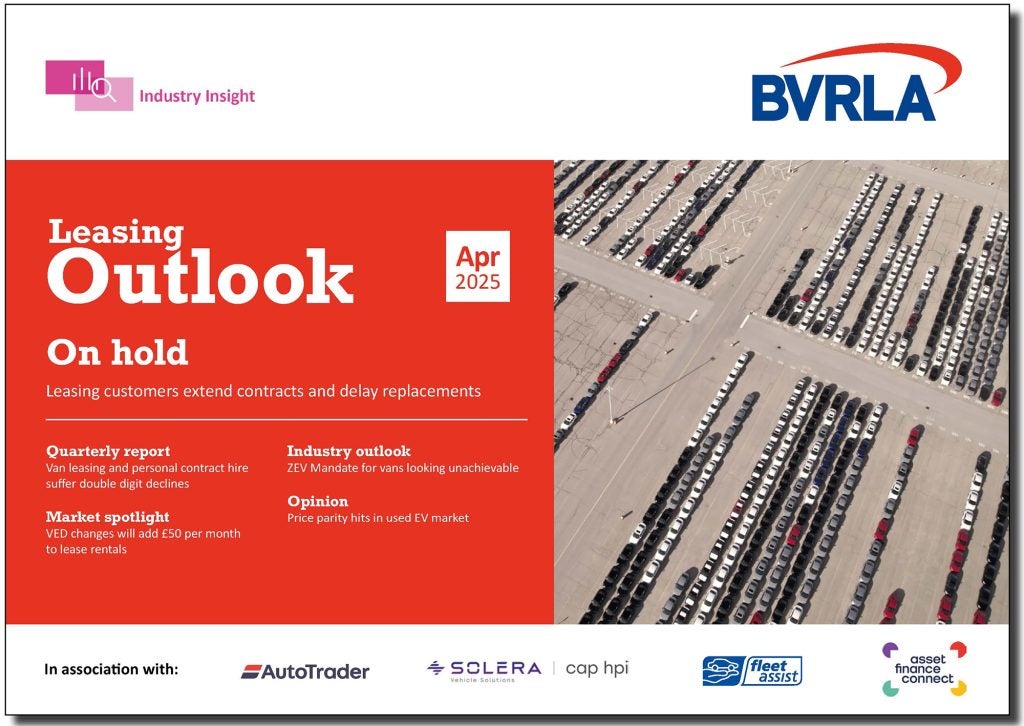
The face of consumer credit will be shaped by digitalisation on one side and regulatory action on the other. Lorenzo Migliorato reports back from Equiniti’s Transforming the Credit Landscape conference on what the future holds for the industry
While it was an industry player, Equiniti, that set the theme for the Transforming the Credit Landscape conference in London, it was a regulator – the Bank of England (BoE), nonetheless – that provided the ‘why’.
“At the BoE we are becoming more and more sceptical of the [consumer] credit models that you are deploying,” said Martin Stewart, director of banks, building societies and credit unions at the BoE’s Prudential Regulation Authority.
His main grievance was over “point-in-time” credit assessments, which only take into account a borrower’s credit situation at the moment of application, without regard for how it may change over the loan’s lifetime.
“I have worked through three economic downturns,” said Stewart, whose career in banking spans 20 years. “Point-in-time pricing has caught people out in the early 90s, and the turn of the millennium, and during the financial crisis.”
He encouraged lenders to introduce greater levels of sophistication into their credit assessment models, in a way that factors in what may happen once economic conditions turn less rosy.
As the number of people in the conference room attested to, there seems to be an understanding that it is in the interest of all parties to make the credit market more resilient, and avoid situations where any one player takes on too much exposure.

US Tariffs are shifting - will you react or anticipate?
Don’t let policy changes catch you off guard. Stay proactive with real-time data and expert analysis.
By GlobalDataAs Stuart Mogg, director for financial services at EY, put it, the industry has been debating “whether we are in 2006-07 or rather in 2002-04”. He added that there is more of a collective, systemic effort to avoid bad scenarios this time around.
On the other hand, lenders today can count on something that was not available to the industry even only 15 years ago: digital technology. If due diligence on credit assessment inevitably presents additional costs for lenders, digitisation is where overheads can be cut. In 2007, some 77% of people wanted face-to-face interaction during a loan application, according to Equiniti polls; by 2017, only 18% did.
That could work out in lenders’ favour: by making the loan application self-serving, there is an opportunity to drive down costs, said Sarah Jackson, sales director at Equiniti. “The lenders who do not have this capacity do risk disproportionately high operational costs per loan,” she added.
Swiftness is key to a wider uptake in digital loan applications. Karl Griffin, head of commercial at Equiniti Data, put it sharply and concisely: “Any more than two clicks and [consumers] start to roll their eyes.”
Barriers during the application, he added, can push customers to drop out of the process at any time.
Lenders should also take a page from the book of subscription-based services, and start looking at ‘lapsing’ data, which such businesses use to identify when customers are about to cancel their subscription.
“By being obsessive about such data, you create this dynamic customer journey,” Griffin explained. This would not only be of use during the application, but also in predicting when clients are about to miss multiple payments.
Ultimately, what emerged from the wider discussion was that, in the future, the credit landscape will change – both because it needs to, on the basis of augmented risks and regulations, and because it is destined to, driven by technological advances.
In terms of risk, “there are signals that things are going to get tougher for the next couple of years”, said Tony Kemp, head of lenders at RBS.
That is the part of the future that the BoE, and arguably the bigger banks, are most worried about. “Many borrowers who are borrowing now are not thinking about paying it back,” Kemp added.
However, the prettier side of the future, with its personalisation and digital capabilities, is what most lenders and credit agencies are looking forward to.
The possibility of predicting when customers will lapse, the insights into their future credit outlook, and even the capacity to refer them to affiliated lenders when they cannot be served by the one to which they applied, are all set to become prominent features of consumer credit.
As Equiniti’s Jackson put it: “The role of smart technology solutions cannot really be overstated.”







